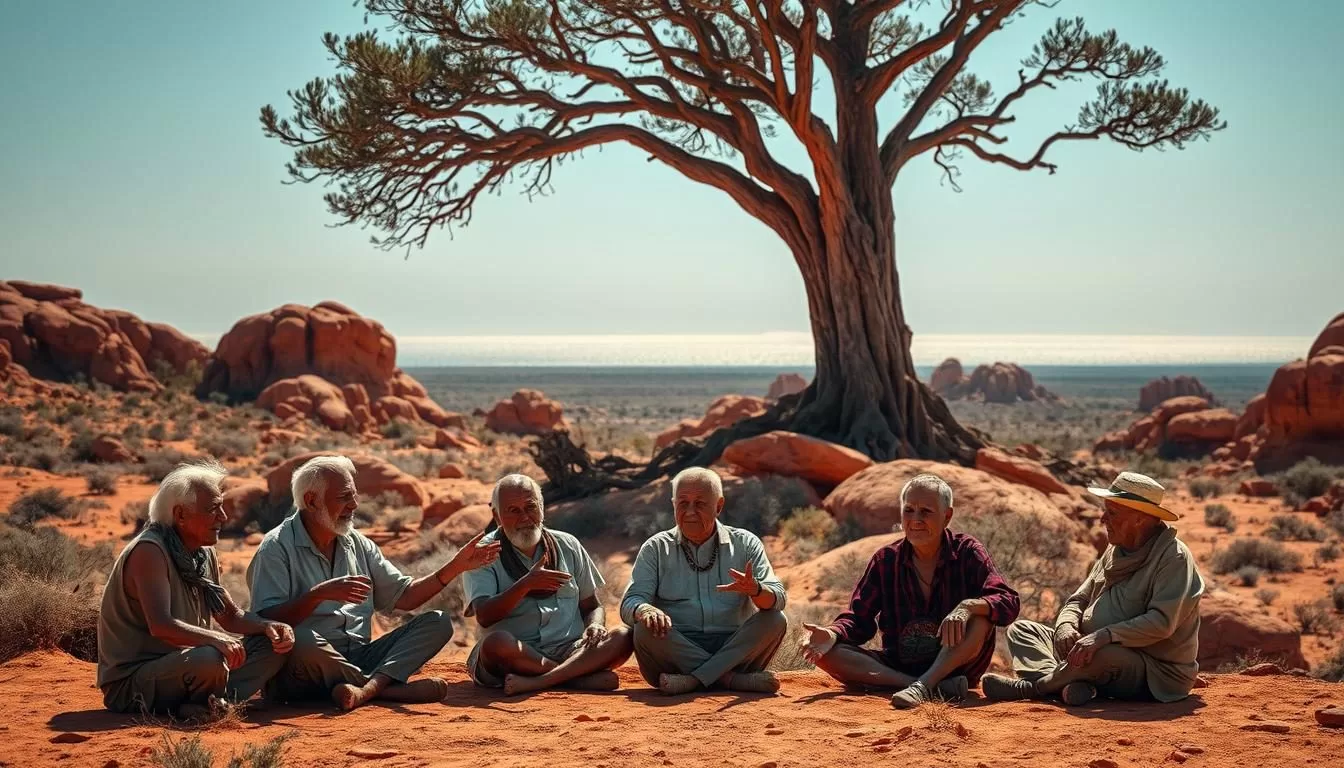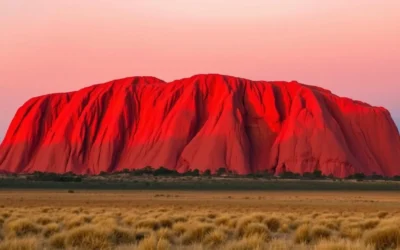✓ Accommodations ✓ Flights ✓ Rental Cars
Step into a world where language is more than just words—it’s a bridge to culture, history, and community. In this vast area, over 100 Aboriginal languages and dialects thrive, making it one of the most linguistically diverse regions on Earth.
Each language tells a story, reflecting centuries of connection to the land and the people who call it home. These languages are not just a means of communication but a vital part of daily life, preserving traditions and fostering unity among communities.
This article invites you to explore the beauty and complexity of these languages. You’ll discover how they shape identity, strengthen bonds, and continue to evolve in the modern world. Let’s dive into this fascinating journey together.
Understanding the Linguistic Landscape of the Northern Territory
Discover the vibrant linguistic diversity that shapes this unique region. Over 100 Aboriginal languages and dialects thrive here, each with its own story and cultural significance. These languages are not just tools for communication but are deeply tied to identity and heritage.
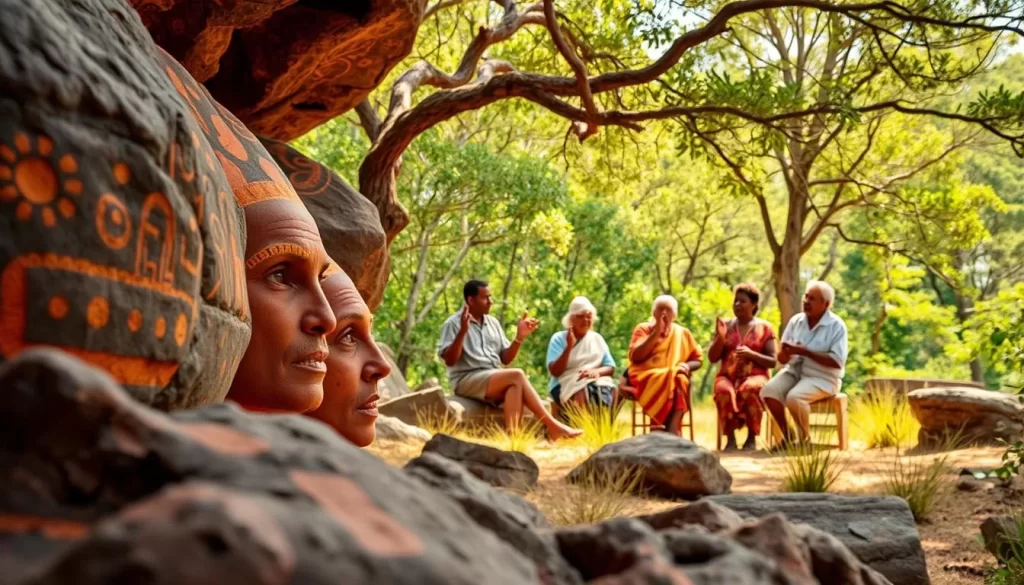
Aboriginal Languages and Dialects
Languages like Yolngu Matha, Warlpiri, and Pitjantjatjara are spoken in areas such as the Top End and Alice Springs. Each language reflects centuries of connection to the land and its people. The variation in structures and vocabulary highlights the rich tapestry of this linguistic heritage.
Community work has played a vital role in preserving these languages. Elders and local groups collaborate to ensure their survival. This effort is crucial for maintaining cultural practices and passing knowledge to future generations.
Languages in Torres Strait and Beyond
The Torres Strait is home to languages like Kala Lagaw Ya, Meriam Mir, and Yumplatok. These dialects are integral to the cultural fabric of the region. They serve as a bridge between traditions and modern life.
Historical factors have influenced language retention in this area. Despite challenges, communities continue to work together to keep their linguistic heritage alive. This dedication ensures that these languages remain a vital part of daily life.
Visual aids, such as maps and videos, help illustrate the distribution of these languages across different regions. They provide a deeper understanding of how geography and culture shape linguistic diversity.
Northern Territory, Australia: Official and widely spoken languages
Explore the rich tapestry of languages that define this region. Over 120 Indigenous languages and dialects are actively spoken today, reflecting a deep connection to the land and culture. These languages are more than just words—they are a vital part of identity and heritage.
In 2021, 167 Indigenous languages were spoken at home by nearly 77,000 people. Yumplatok, Kriol, and Djambarrpuyngu are among the most widely used, with thousands of speakers each. This diversity highlights the resilience of these communities in preserving their linguistic traditions.
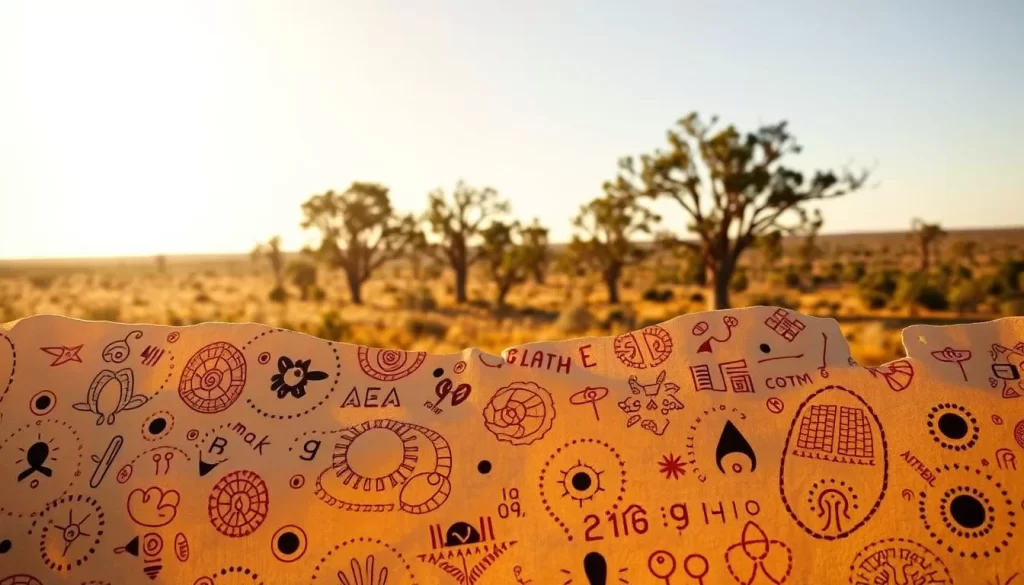
Over the last century, the number of speakers has fluctuated, but efforts to revitalize these languages have gained momentum. The government has played a key role in supporting these initiatives, ensuring that future generations can continue to speak their ancestral tongues.
Languages like Kalaw Lagaw Ya and Meriam Mir are integral to the Torres Strait region, where they serve as a bridge between tradition and modernity. These dialects are not just spoken but celebrated, reinforcing the cultural fabric of the area.
Understanding the distribution of these languages across the land provides insight into their cultural significance. From urban centers to remote communities, each language tells a story of resilience and adaptation.
Cultural Significance and Revitalization Efforts
Language is the heartbeat of culture, carrying the essence of identity and tradition. For Indigenous communities, it’s more than a way to communicate—it’s a living connection to their heritage and ancestors. Over 250 Indigenous languages are spoken across the region, including around 800 dialects, each with its own unique story.
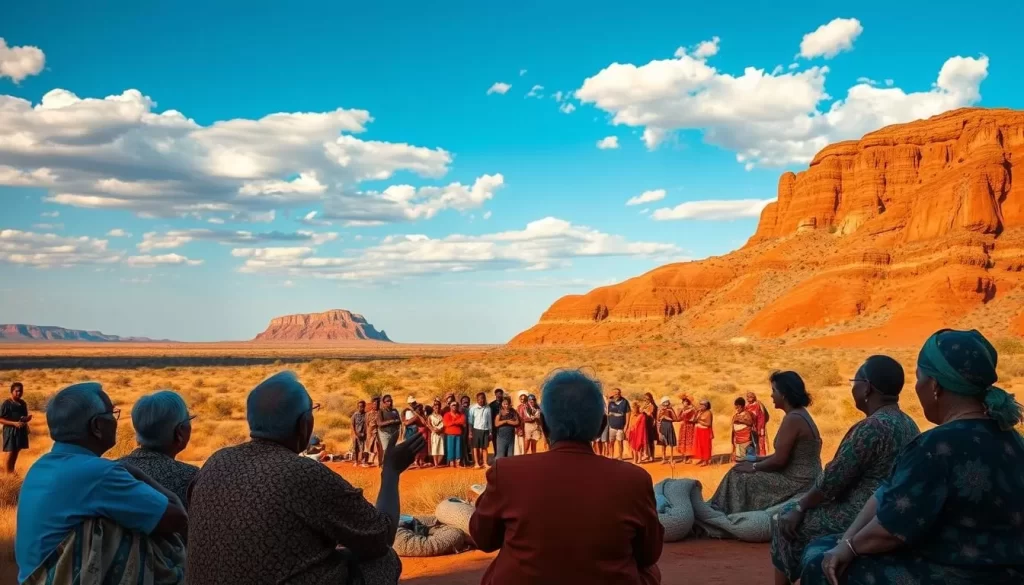
Language as Identity and Heritage
For many, speaking their ancestral tongue is a powerful act of preserving identity. As Otto Jungarrayi Simms, a Warlpiri Elder, once said,
“Our language is our soul. It carries the wisdom of our ancestors and the spirit of our land.”
This sentiment is echoed across communities, where language serves as the foundation for cultural expression and continuity.
Historical policies once threatened the survival of these languages, but today, efforts are underway to reclaim and revitalize them. The Wangka Maya Pilbara Aboriginal Language Centre, for example, preserves and maintains around 31 languages, ensuring they remain a vibrant part of the cultural landscape.
Community Initiatives and Reviving Lost Languages
Communities are at the forefront of language revitalization. Workshops, video projects, and educational programs are helping to bring endangered languages back to life. For instance, over 157 hours of recordings covering eight Indigenous languages were digitized as part of a research repatriation project.
These initiatives not only preserve languages but also empower younger generations to connect with their roots. As Theresa Napurrurla Ross, a Meriam Elder, shared,
“When our children speak our language, they carry our legacy forward.”
Voices from the Elders and Traditional Knowledge
Elders play a crucial role in passing down knowledge through language. Their stories, songs, and teachings are a treasure trove of wisdom. In the Torres Strait, languages like Meriam Mir are integral to cultural practices, from fishing traditions to ceremonial dances.
Despite challenges, the dedication of communities ensures that these languages thrive. As one Elder put it,
“Our language is our gift to the future. It’s how we keep our culture alive.”
To learn more about these efforts, explore how revitalization programs are making a difference. Additionally, discover the importance of preserving Indigenous languages for cultural identity and well-being.
Impact of Geography and Government Policies on Language Distribution
The interplay of geography and policy shapes the linguistic diversity of this region. Physical landforms and climatic conditions influence where languages are spoken, while government initiatives play a crucial role in their preservation and distribution.
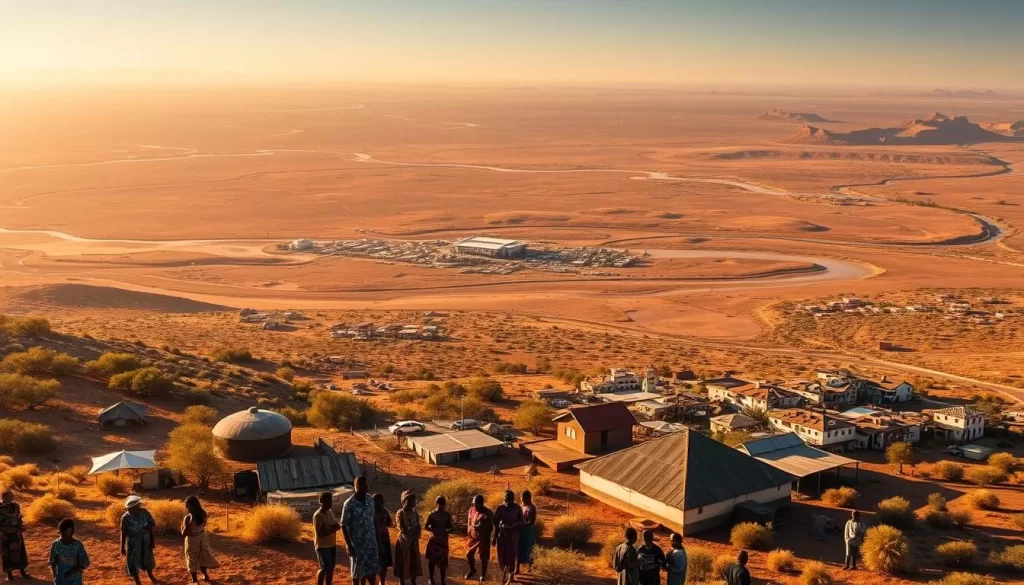
Geographical Diversity and Language Families
The region’s varied geography, from tropical climates to semi-arid zones, creates distinct language families. For example, the Top End’s lush environment supports languages tied to its natural resources, while the arid Centre fosters dialects adapted to harsher conditions.
These language families reflect the deep connection between people and their environment. Each group adapts its vocabulary to describe the unique features of its area, from animal species to seasonal changes.
Government Initiatives and Legislative Changes
The government has introduced policies to support language preservation. For instance, the National Indigenous Languages Policy aims to revive and maintain endangered languages through funding and educational programs.
Legislative changes have also played a role. The community has benefited from initiatives that promote bilingual education and cultural programs. These efforts ensure that languages remain a vital part of daily life.
| Policy | Impact |
|---|---|
| National Indigenous Languages Policy | Funds language programs and supports bilingual education |
| Legislative Changes | Promotes cultural programs and community engagement |
To learn more about these efforts, explore how language education policies are shaping the future. Additionally, discover the importance of Indigenous language preservation for cultural identity and well-being.
Conclusion
Language is a powerful thread weaving together culture, identity, and heritage. Across this region, Indigenous tongues continue to thrive, thanks to the tireless efforts of communities and the government. These languages are not just a means of communication but a vital part of daily life, connecting people to their roots.
Revitalization programs have played a key role in preserving these linguistic treasures. From educational initiatives to community workshops, every step ensures that future generations can embrace their ancestral voices. This work highlights the resilience of Indigenous groups in the face of challenges.
Understanding the significance of these languages helps us appreciate their role in shaping cultural identity. Whether through storytelling, traditional practices like fishing, or modern adaptations, they remain a cornerstone of heritage. To explore more about the linguistic diversity of this region, visit this link.
As we move forward, let’s celebrate the richness of these languages and support efforts to keep them alive. They are not just words—they are the heartbeat of a people and their enduring legacy.
The above is subject to change.
Check back often to TRAVEL.COM for the latest travel tips and deals.
